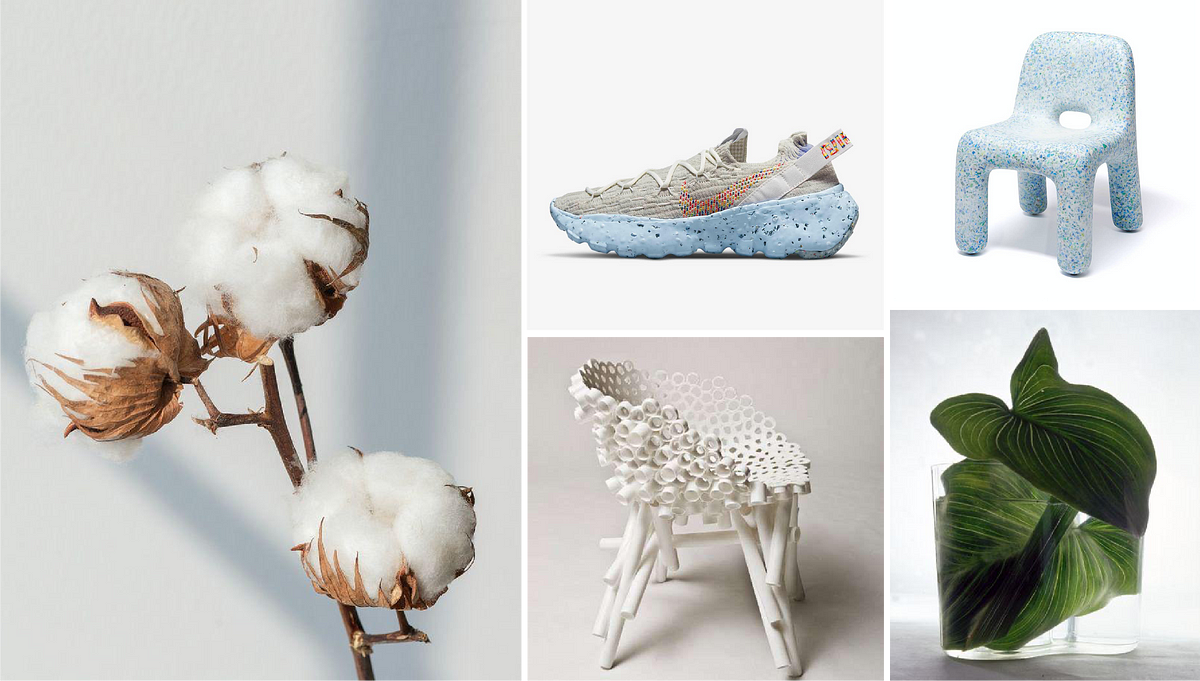Play all audios:
While most of us are pretty on top of the ‘reduce, reuse, recycle’ tagline, a new player has reared its head in sustainability discussions: upcycling. So, what is it? As the world has grown
ever more conscious of the climate crisis and, in particular, the massive amounts of waste contributing to it, the drive to recycle our goods has grown with it. We all know we should recycle
paper and plastics and compost organic matter, but lately, there’s been a lot of talk about upcycling, especially in the fashion world. Recycling, upcycling — what’s the difference?
RECYCLING I’m sure we’re all familiar with recycling by now, but to recap: recycling involves sorting and processing items to extract the materials it’s made out of, which can then be used
to create new products. The key component here is that recycling focuses on the materials our products are made from: we break products down into their base resources and use them all over
again. This is a great practice in a lot of ways, enabling us to reuse the materials we’ve already gathered from the environment rather than extracting new resources. However, the process
can release a lot of emissions, making it difficult to determine whether it’s actually helping or harming the environment. Moreover, recycling can be really confusing! There are a lot of
symbols and receptacles to keep track of and many products can’t be recycled at all, which makes it hard to know whether you’re doing the right thing. UPCYCLING On the other hand, upcycling
can be much more intuitive. Although it’s technically a kind of recycling, upcycling doesn’t usually involve breaking down products into their base parts, but rather using the product as a
whole in a new way. This is basically repurposing items for different uses: instead of throwing something into the waste bin or the recycling bin, you can upcycle a product by brainstorming
where else in your life you can use it. For example, if you have a plastic water bottle, you could turn it into a watering can or a bird feeder instead of recycling it! In this case, you’re
giving the product a new way to be useful, rather than breaking it down to be reused for (usually) the same purpose. Upcycling can be as simple as repainting furniture, or as creative as
weaving strips of old clothes into a pet blanket — the limit is genuinely your imagination, especially because you don’t have to rely on any industrial processing to make a product useable
again. TO RECAP: Ultimately, upcycling has been around a long time. In fact, it’s in the classic tagline by another name — _reuse_. Whereas recycling involves breaking things down to its
base parts and using the components to make something new, upcycling is using something in a different way than originally intended. If you make a bag out of old clothes, alter a dress to
make it a skirt, or use old socks as cleaning wipes, you’re upcycling those garments for different purposes (that is, you’re reusing them!). This can be much better for the environment
because you’re extending the life of a product instead of making new ones, allowing you to truly embody the ‘reduce and reuse’ elements of that classic motto.

